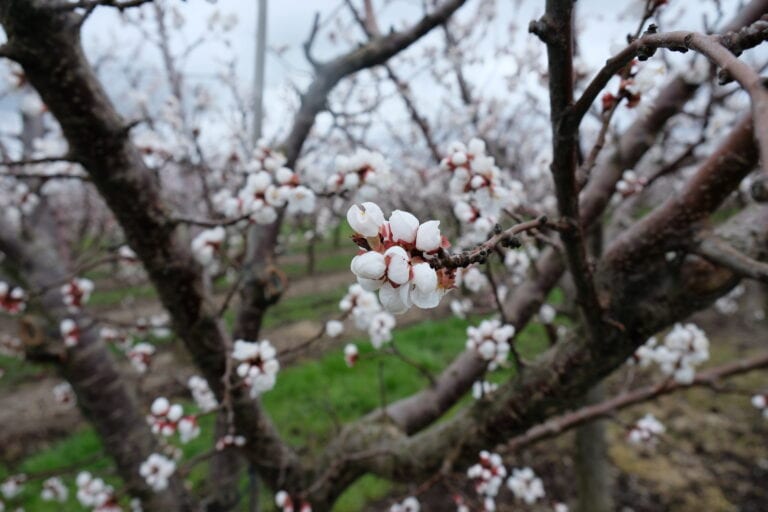The sixth in a 10-week gardening column series, organized by the Niagara-on-the-Lake Communities in Bloom committee.
Joanne Young
Special to The Lake Report
Here’s one for the math lovers. Gardening is the only activity where you can multiply by dividing. Let me explain.
Dividing perennials is necessary to keep your garden healthy, thriving and under control.
It rejuvenates older plants. As some perennials age, you may see clumps dying in the centre with new growth only appearing on outer edges. Or the plant may not bloom as heavily and its leaves appear stunted. This means the plant is losing vigour and needs to be dug up and divided in order to thrive again.
It controls plant size. Some perennials grow more aggressively. Plants like black-eyed susans and shasta daisies can grow into a bigger clump and take over your garden. Dividing the clump into smaller sizes can keep size under control.
It propagates more plants. Dividing perennials is an inexpensive way to increase the number of plants in your garden. It’s also a great way to share plants with others.
Some perennials don’t like to be divided: baptisia, bleeding heart, butterfly weed, Christmas rose, lavender, poppies and peonies, for example.
Divide spring and summer flowering perennials in late summer or fall, and late summer and fall blooming perennials in early spring.
How to divide your perennials:
- Divide perennials on an overcast day with showers in the forecast. This helps the plant recover from root damage. Thoroughly water plants a day prior to dividing.
- In the spring, wait until new shoots are about one inch tall. In the fall, prune plants back to just a few inches tall.
- Using a spade or garden fork, dig about four to six inches beyond where the shoots emerge. Dig around the clump then pry up on the root ball. Don’t cut through the roots while the plant is still in the ground or you won’t know how much root you’ll get and could waste parts of the plant.
- Lift out the entire clump and sit it on the ground or a tarp.
- Using a sharp spade or knife, gently cut through the roots, dividing the clump into as many pieces as desired. Each division should have at least three to five vigorous shoots and a healthy root supply. If the centre has died out, divide the living, outer portions into smaller clumps and throw out the dead centre portion.
- Enrich the soil in new planting areas with compost, composted manure or triple mix before planting new divisions. Fertilize new plantings by scattering a handful of bone meal in the bottom of the planting hole. Bone meal is high in phosphorus, which helps stimulate root growth.
- Fill in around the plant roots with triple mix or compost. Make sure the plant is in the soil at the same depth it was previously and water well.
Joanne Young is a garden coach and designer.



1.jpg)






